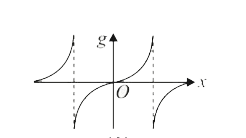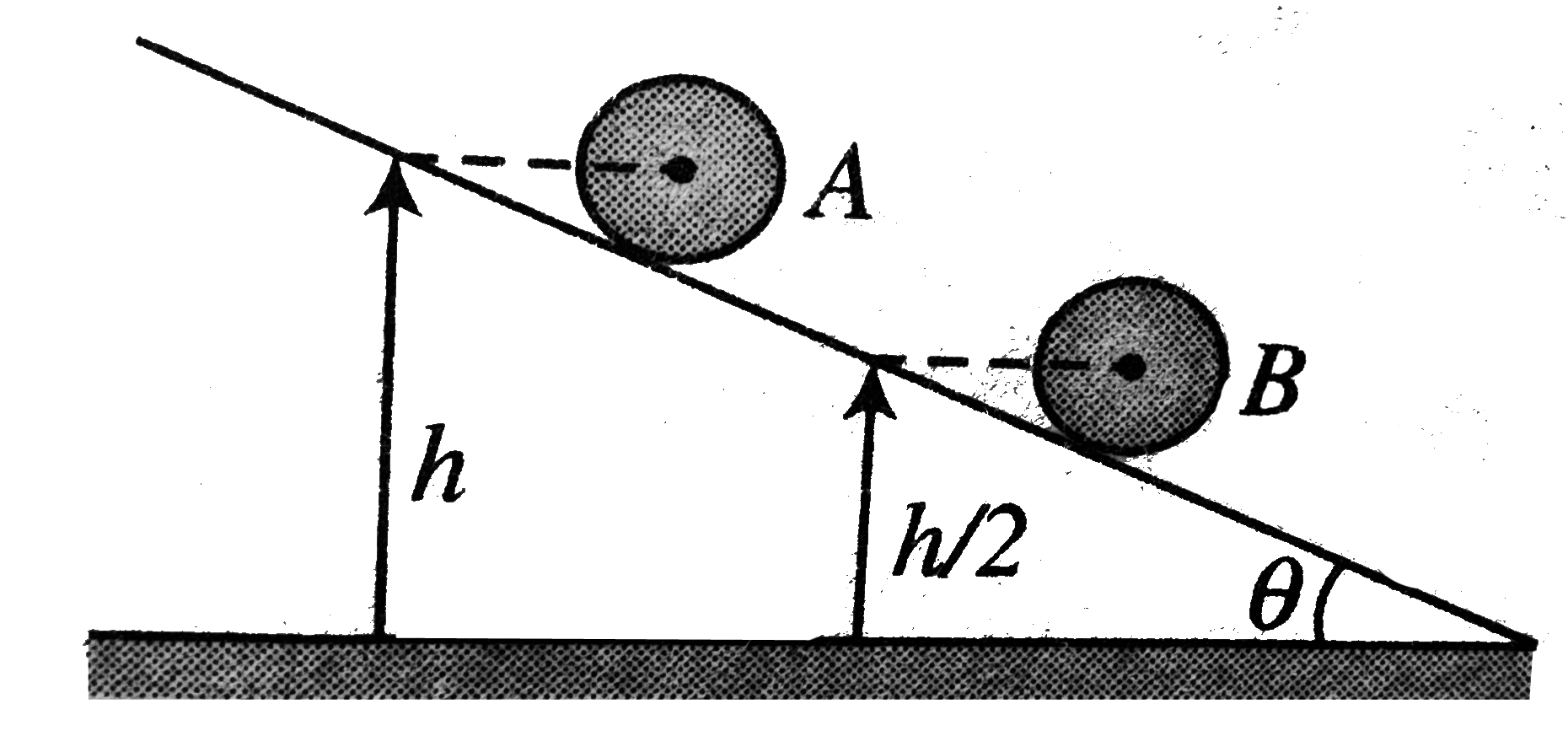Two identical spherical balls, each of mass m, are placed as shown in figure. Plot the variation of g(gravitation intensity) along the x-axis due to both the masses.





The correct Answer is:A
g=GM(a−x)2−GM(a−x)2
Similar Questions
Knowledge Check
Two blocks each having a mass M are placed as shown in the figure. The accleration of the system is:-
 A0Bgsinθ2CgsinθD2gsinθ
A0Bgsinθ2CgsinθD2gsinθA small section of area ΔA is removed from a uniform spherical shell with surface mass density σ and radius R as shown in the figure . Find the magnitude of gravitational field intensity at point P due to the remaining mass .
 A4σΔAG9R2B4σΔAGR2CσΔAGR2Dzero
A4σΔAG9R2B4σΔAGR2CσΔAGR2DzeroTwo identical uniform solid spherical balls A and B of mass m each are placed on a the fixed wedge as shown in figure. Ball B is kept at rest and it is released just before two balls collides. Ball A rolls down without slipping on inclined plane and collide elastically with ball B. The kinetic energy of ball A just after the collision with ball B is:
 Amgh7Bmgh2C2mgh5D7mgh5
Amgh7Bmgh2C2mgh5D7mgh5
Two spherical balls of mass 10 kg each are placed 100 m apart. Find the fraviational force of attraction between them.
View SolutionThree identical solid discs, each of mass M and radius R, are arranged as shown in figure. The moment of inertia of the system about an axis AB will be

View SolutionTwo identical positive charges are kept as shown in Fig < 0 x a The variation of electric field intensity E along x-axis is given by (The electric field intensity towards positive x-axis is taken as positive)
View SolutionThree identical point objects each of mass m are placed at the vertices of an equilateral triange of side l. What is the gravitational potential at the centre of the equilateral triangle due to the point masses?
View SolutionTwo identical concentric rings each of mass m and radius R are placed perpendicularly. What is the moment of inertia of the system about the axis of one of the rings ?
View Solution

